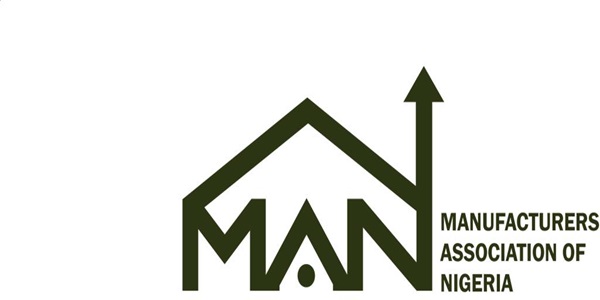Director-general of the Manufacturers Association of Nigeria (MAN), Segun Ajayi-Kadir, says despite the manufacturing sector’s capacity to drive economic growth, its full potential remains largely untapped, operating below capacity due to several macroeconomic challenges, including inadequate infrastructure and insufficient supportive government policies and incentives.
Ajayi-Kadir stated this at the 2025 BusinessDay Manufacturing Conference held in Lagos with the theme, “Unlocking Nigeria’s Manufacturing Potential: Strategies for Sustainable Growth Amid Economic Turbulence”.
He said that the theme for the conference is not only relevant but also timely, saying “we find ourselves in an era characterised by economic uncertainty, disruptions in global supply chains, and rapid technological changes. Embracing and unlocking the potential of the Nigerian manufacturing sector has become both an economic necessity and a strategic imperative for achieving sustainable national development.”
He explained that “the landscape of global industry is shifting as governments worldwide reassess their policy priorities amidst a backdrop of heightened uncertainty regarding investment, production, and trade flows. The global economy in 2025 is navigating through a challenging landscape, observing a slowdown in growth, dropping from 3.5 per cent in 2022 to an anticipated 3.3 per cent in 2024.”
MAN DG emphasised that the manufacturing sector, in particular, is deeply impacted by these global shifts, saying that “Nations that have prioritised industrialisation and have established robust manufacturing sectors have fared better in weathering these global disruptions.
“Countries such as China, the United States, Germany, India, South Korea, and Malaysia exemplify this, as they collectively represent 60 per cent of global manufacturing output. Over the past two decades, China’s manufacturing value has escalated from $625.22 billion to an impressive $4.66 trillion.
“In Africa, Egypt, Nigeria, and South Africa stand out as leading industrial nations, contributing approximately 49.2 per cent to the continent’s manufacturing output through manufacturing value added of $59 billion, $55.9 billion, and $49.3 billion, respectively.”
He added that “the Nigerian manufacturing sector plays a crucial role as a driver of economic growth, significantly enhancing value addition, GDP, employment rates, government revenue, foreign exchange inflow, and technological advancement.
“In 2024, the sector recorded a market value of N37.49 trillion, accounting for 13.9 per cent of the country’s overall market size and representing 8.64 per cent of real GDP. Additionally, the sector employs an estimated 12.7 million people, contributing 12.5 per cent to total employment and generating substantial tax revenue, with manufacturers contributing over N578.39 billion and N626.42 billion in local Non-Import VAT and CIT, respectively, in 2023. The interconnections between the manufacturing sector and agriculture, construction, and services are evident and vital.”
He also pointed out that “despite facing a challenging macroeconomic environment and the ongoing depreciation of the naira, our sector generated over $6.72 billion through manufactured exports in 2019, and while export earnings dipped to $1.51 billion in 2024, it successfully attracted $1.59 billion in foreign investment in 2023. Enhancing these critical contributions to foreign exchange inflow is paramount for stabilising the local currency, promoting employment growth, and further advancing economic development.”
He added that the sector achieved $2.2 billion in earnings from the export of medium and high-tech manufactured products in 2022, indicative of the ongoing adoption of new technologies that enhance productivity, adding that these achievements underscore the sector’s essential role in driving currency stability, generating employment, and fostering economic growth.
He however, said while the manufacturing sector is widely recognized as the engine of Nigeria’s industrialisation, its current performance is below optimum levels due to constraints such as unstable exchange rates, inadequate power supplies, and other challenges that hinder the growth.
“As we move forward, it is essential that we collaboratively address these challenges with innovative solutions and strategic partnerships, empowering the manufacturing sector to fulfill its undeniable potential and contribute to a thriving economy,” he said.





